When it comes to dietary fat intake, perhaps no one disagrees more on how much is too much or how much is too little than the American public and even modern health experts.
And what about healthy fats?
Everyone has their own opinion of what healthy fats are. Some recommend butter and some recommend almonds.
What should you believe?
Fat intake has been a controversial topic for years, but with conflicting scientific research on both sides of low fat and high fat, it’s easy to see how the American public is confused and why many have simply given up altogether.
So what are we supposed to do? What advice should we follow when it comes to our personal fat intake and how much is right for us?
How We Got Fat: It Wasn’t the Fat!
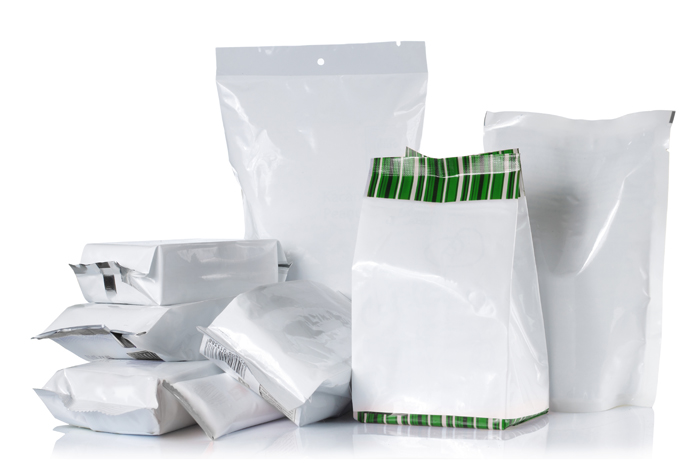
It’s true that a low-fat diet was one reason America’s sugar intake went up in the late 1980’s.
With diet products coming out of the woodwork, sugar was put into anything that was fat-free, low-fat, and artificially flavored.
In other words, the fat was taken out of the foods and the junk food ingredients went up!
Sugar and fat can both be detrimental to our health, so exchanging one for the other doesn’t make much sense when it comes to packaged foods.
Most of us know that.
Most of us are well aware that fat-free salad dressings and artificially sweetened drinks are not good for us, despite that they’re free of fat and some are even free of sugar.
But what about whole foods? What about nuts, seeds, olives, olive oil, and even eggs and cheese? Is fat harmful, or is butter really back?
Here’s what you need to know about fat intake:
Too much is not healthy and too little is not healthy. After that, it’s up to you, your body, and you looking into the research for yourself to see what the science says about eating fat and how much is enough for your personal body.
Until you get the hang of things, however, here are 10 tips you can take advantage of and some facts that may help you decide how much fat is right for you and what a good amount of fat at each meal might look like to start with.
1. Think of Healthy Fats as a Condiment, Not a Main Ingredient

One healthy way to approach fat is to look at it like your daily treat. View it that way, not as something you necessarily have to work to include. It’s difficult to eat 5 servings of veggies at one meal without feeling full quickly, but try eating 5 tablespoons of oil or 5 servings of nuts. That’s not as hard, right?
High-fat foods don’t take up much room in our stomachs, and therefore, we don’t feel as full as quickly as we would eating more produce. This leads many of us to overeat on fatty foods which is one reason it’s helpful to view fat as a condiment, not the main ingredient.
2. Keep Portions of Added Fats to 1-2 tablespoons at Meals at the Most
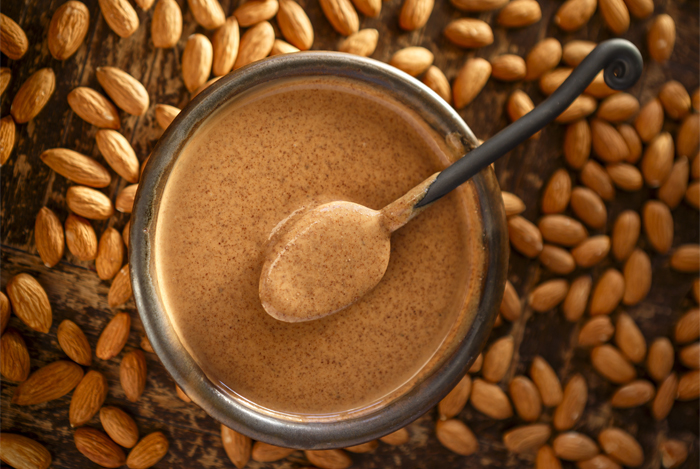
Many foods have natural amounts of fat, so even if you didn’t add any fat to your meal from high-fat foods, such as nuts or olive oil, you’d still get some fat from grains, legumes, and even some vegetables, believe it or not.
Avocados are also a fruit that’s full of fat, as is acai puree and fiber-rich foods such as flax and chia. Oats even have omega-3 fatty acids and are one of the higher fat grains of all.
When it comes to added fats like almond butter or peanut butter, you don’t need to eat a lot at one time to experience the benefits from their satiety factors and heart-healthy benefits.
What about foods such as dark chocolate, you might ask?
Portion size is key.
Stick to one ounce and keep special treats that are high fat, such as non-dairy coconut ice cream, to once a week versus having them every single day.
3. Avoid Highly Saturated Foods, At Least to Start
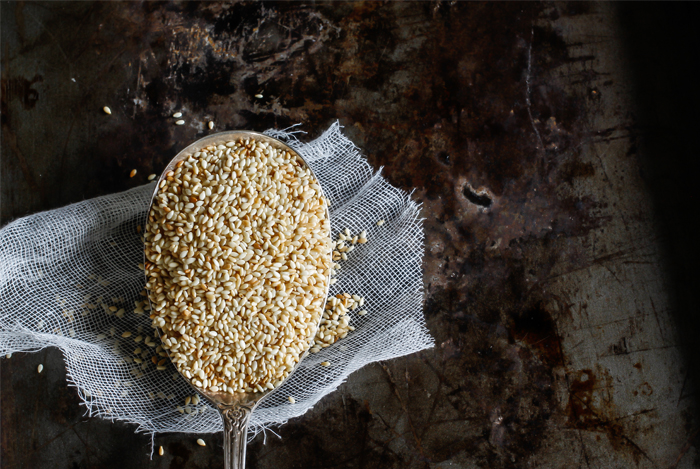
All foods have small amounts of saturated fats, but if you’re looking to avoid serious health issues over time, avoid highly saturated foods like butter, cheese, palm oil, refined coconut oil, and cream when you’re trying to figure out how much fat is right for you, or maybe indefinitely.
Overall, highly saturated fats are not heart healthy. Even options such as extra virgin coconut oil should be eaten with mindfulness and moderation, not without abandon.
Start with the most heart-healthy sources of fat that have been proven for decades to be the best for you through medical research and studies.
Here are some of the best fats for your health to include in your diet: almonds, walnuts, flax seeds, pecans, macadamia nuts, avocados, flax, chia, hemp seeds, pumpkin seeds, sunflower seeds, sesame seeds, and olives.
After that, you can choose to add in small amounts of saturated fats such as coconut and animal sources, such as eggs, if you feel safe doing so and you’re in good health.
5. Choose Plant-Based Over Animal-Based Fats … Most of The Time

Animal-based fats are very dense and hard for the body to break down, unlike plant-based fats which are full of anti-inflammatory benefits. So one way to choose the best fats for you is to eat plant-based fats, (such as nuts, seeds, and avocados), first and foremost.
Keeping this rule of thumb in mind will help you take better care of your heart and overall health without much effort elsewhere.
Plant-based fats are free of dietary cholesterol which provides a major bonus for you and your health.
Even though dietary cholesterol doesn’t seem to have as much effect on blood cholesterol as once thought, it’s still smart not to take in too much added overall cholesterol, period. Our bodies can make plenty of cholesterol on their own, so let’s give them some credit where credit is due!
Plant-based dietary fats from whole foods have also been shown to prevent certain types of disease, such as heart disease and Type 2 diabetes, whereas butter, cheese, and red meat are some of the leading cause of these health problems.
When it comes to animal-based fats, only eat them a few times a week and choose options such as fish or omega-3 rich eggs on occasion.
Fish is one of the most beneficial animal-based foods for your heart and is lower in harmful properties than most. And, of course, no matter what types of fats you eat, always eat them in a cooking method that avoids frying and cooking them in high amounts of oil.
6. Focus More on Fruits, Vegetables, and Whole Grains at Meals
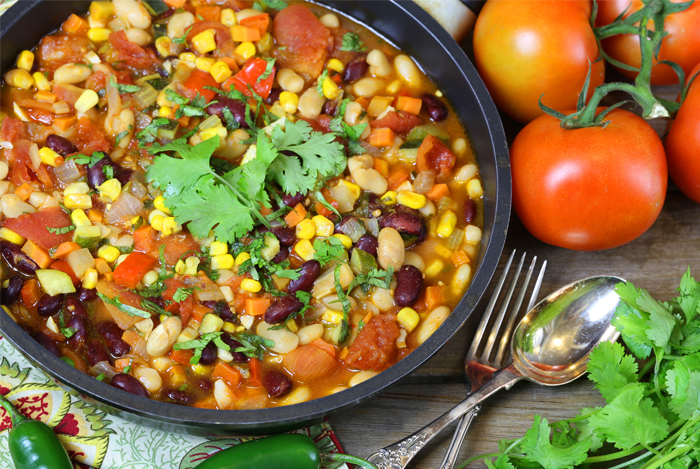
Instead of focusing on fat at each meal, focus on fruits, vegetables and whole grains which are proven to be the healthiest foods you can eat throughout decades of medical research.
Then add in small amounts of items such as avocados, nuts, and seeds and see how you feel.
From there you can choose denser options, but base your diet off of the basic foods shown to be the most beneficial for your health.
7. Don’t Fall for Fat Gimmicks
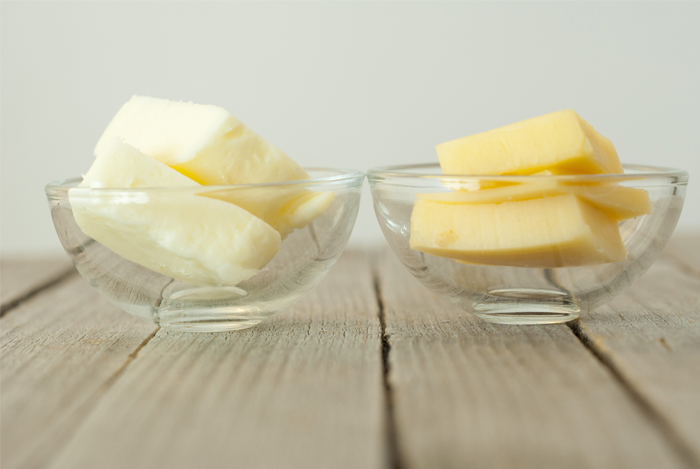
If someone is selling you on the fact that butter and cheese are good for you, they’re probably also selling a book and lifestyle that makes you buy into the myth.
I don’t know about you, but I’d rather trust the many cardiologists and medical experts that have experience with seeing what a high-fat diet can do to a person’s heart versus reading someone’s latest book or reading a blog post on why fat is back.
Even if you feel great eating more fat than the common person, it’s still smart to do your research before you fall for gimmicks. Your heart and longevity will thank you!
8. Don’t Go Fat-Free
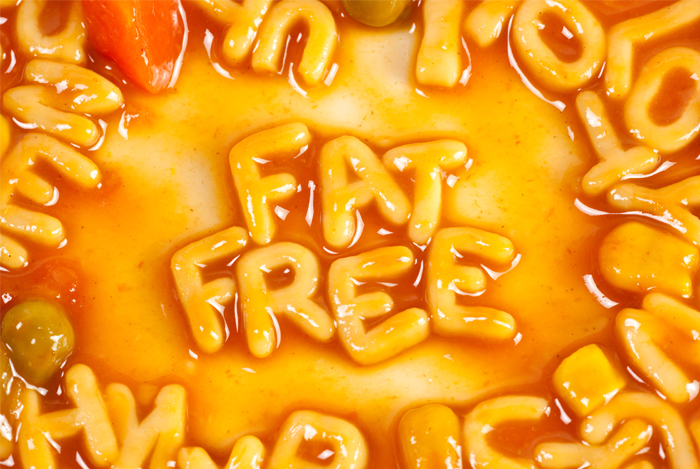
A fat-free diet is not healthy, but remember, all foods have fat so eating fat-free would mean you ate mostly processed fat-free foods.
Still, don’t fear fat even if you don’t eat too much of it.
Fat is necessary for proper brain function and the right fats can improve your energy, heart health, and even your weight. But an optimal selection of those fats is key here, my friends!
9. Go Mono
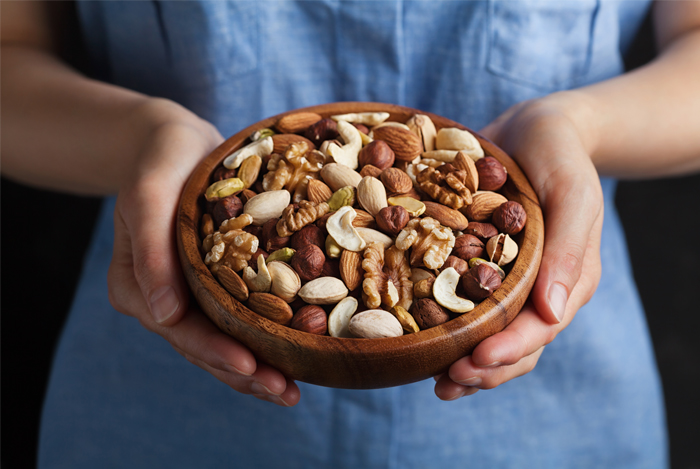
Monounsaturated fats are some of the most beneficial fats you can eat, so if you’d like to start with the best fats to see how much you need, go for foods especially high in monounsaturated fats.
Out of the three types of fats that are most commonly listed on a food label (saturated, polyunsaturated, and monounsaturated), monounsaturated is the best for your heart and weight.
Foods that are good sources of monounsaturated fats are almonds, sunflower seeds, macadamia nuts, cashews, peanut butter and peanuts, sunflower seed butter (Sunbutter), walnuts, raw cacao, avocados, and olives.
These foods are also loaded with Vitamin E, magnesium, fiber, and potassium, plus some such as walnuts, even contain omega-3 fatty acids making them even better for you.
Always skip foods with trans fats such as processed foods, even if they technically contain small amounts of monounsaturated fats.
10. Skip the Oil

Oil is a processed food and a highly refined fat at that.
Do you know how many olives it takes to make 1 tablespoon of olive oil? 20-40!
There are only 1.5 grams of fat in 5 olives, but there are 14 grams of fat in 1 tablespoon of oil.
Plus, which one do you think has more fiber and true vitamins? The olives!
Skip the oil and you’ll do yourself and your heart a favor. Not to mention that whole foods are always more energizing than oils are and they’re much better for your waistline.
When it comes to oils like coconut which have some benefits such as antimicrobial properties, it’s still smarter to go for the whole food whenever you can. Coconut butter which is whole coconut meat pureed into a butter would be an even better option than the oil that has no fiber or protein.
For oil-free cooking, just use water or saute your foods in broth. For toppings, go for seasonings in place of oil which add more flavor and don’t make your foods greasy either.
11. If Your Stomach Hurts, You Ate Too Much
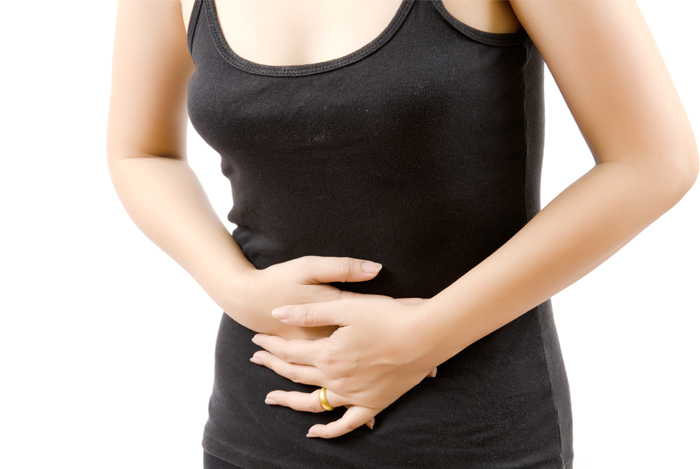
Last but not least, sometimes it’s best to let your body tell you how much you need.
Start with 1-2 tablespoons of healthy fats at meals if you feel you need them. If not, don’t worry about including them at every meal.
Our bodies actually store fat for a long time, they don’t disappear in our cells like B vitamins which are water soluble do. It sticks around for awhile, so we can actually carry the fats we eat longer than we can other nutrients.
But, if you eat some fat and you get a stomachache, that’s your body’s way of telling you it can’t digest all that fat at once. Back down a little and try eating less fat next time.
Since fats take longer to digest than any food, they can prolong digestion as a result.
Last but not least, experiment with different varieties of healthy fats to see which ones your body likes best.
Foods should energize you and make you feel good, not make you sluggish and feel sick.
So use your intuition, and remember that your body doesn’t lie; it will tell you what makes it feel healthy and full of vitality, even when it comes to how much fat you should eat per day.
For more tips on choosing healthy fats, check out this ar=ticle!
The post How Much Fat Should You Eat Per Day? Here Are Some Things to Consider appeared first on Nutrition Secrets.
http://www.nutritionsecrets.com/how-much-fat-should-you-eat-per-day-here-are-some-things-to-consider/
No comments:
Post a Comment